Italian PM Giorgia Meloni reinforces Italy's opposition to EU's combustion ban
The Italian Prime Minister, Giorgia Meloni, has made clear her opposition to the 2035 ban on non-zero emission vehicles in the EU.
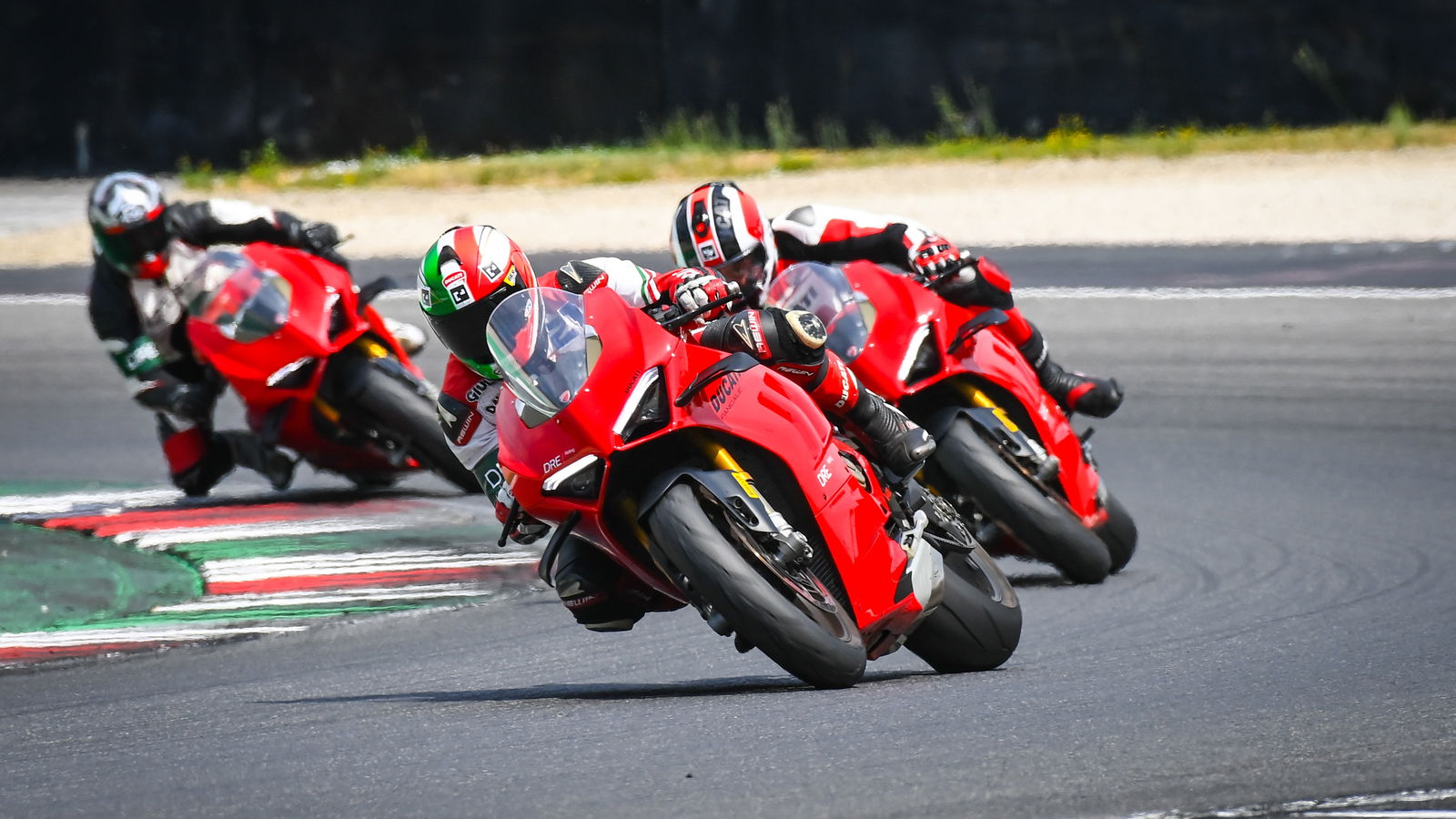
The Italian Prime Minister, Giorgia Meloni, has reinforced her opposition to the 2035 ban on non-zero emission vehicles.
Giorgia Meloni, the recently-elected Italian Prime Minister and leader of the neo-fascist Fratelli d’Italia (Brothers of Italy) party, has become an opponent of the planned ending of the sale of new non-zero emission vehicles by 2035 in Europe.
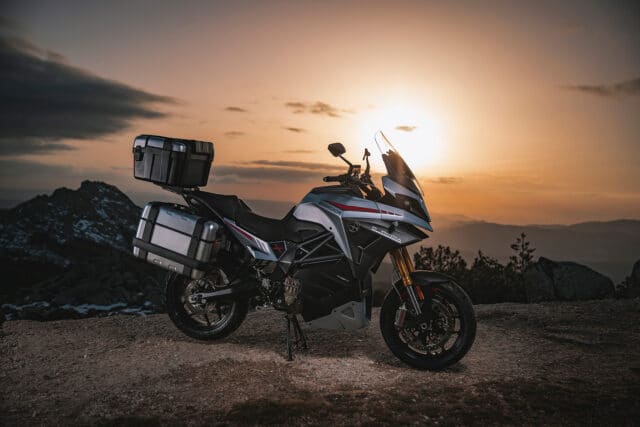
Automotive News Europe reports Meloni said in a news conference that the 2035 date “is not reasonable, and I think there is also a certain alignment by other European countries on our position.”
“No, I don't consider it reasonable, I consider it deeply damaging to our manufacturing sector,” Meloni said, according to Reuters.
Further, Meloni has said that she will be ‘forceful’ in making known her views on the issue of the end of non-zero emission vehicles in Europe.
In the summer of 2022, Italy was one of a number of countries trying to have the date pushed back to 2040, with a more gradual approach to that date rather than the relatively abrupt cut-off proposed for 2035.
That plan failed for Italy, but the arrival of Meloni has reinforced its opposition to the 2035 end date.
.jpg?width=1600)
From an Italian perspective, the opposition makes sense. It is a nation with a strong manufacturing industry focused mostly on mobility and is of course home to marques such as Ferrari, Lamborghini, Pagani, Alfa Romeo, and - of more interest here - Ducati, Aprilia and MV Agusta. All premium brands, and all producers of (mostly) exclusive cars and motorcycles.
At the heart of that, arguably even more so for the three aforementioned motorcycle manufacturers, is the internal combustion engine.
The motorcycle industry is far in delay compared to car manufacturers in transitioning to electric powertrains. In the two-wheeled world, picking up an electric bike almost certainly means going to a manufacturer which has not become established in the age of internal combustion.
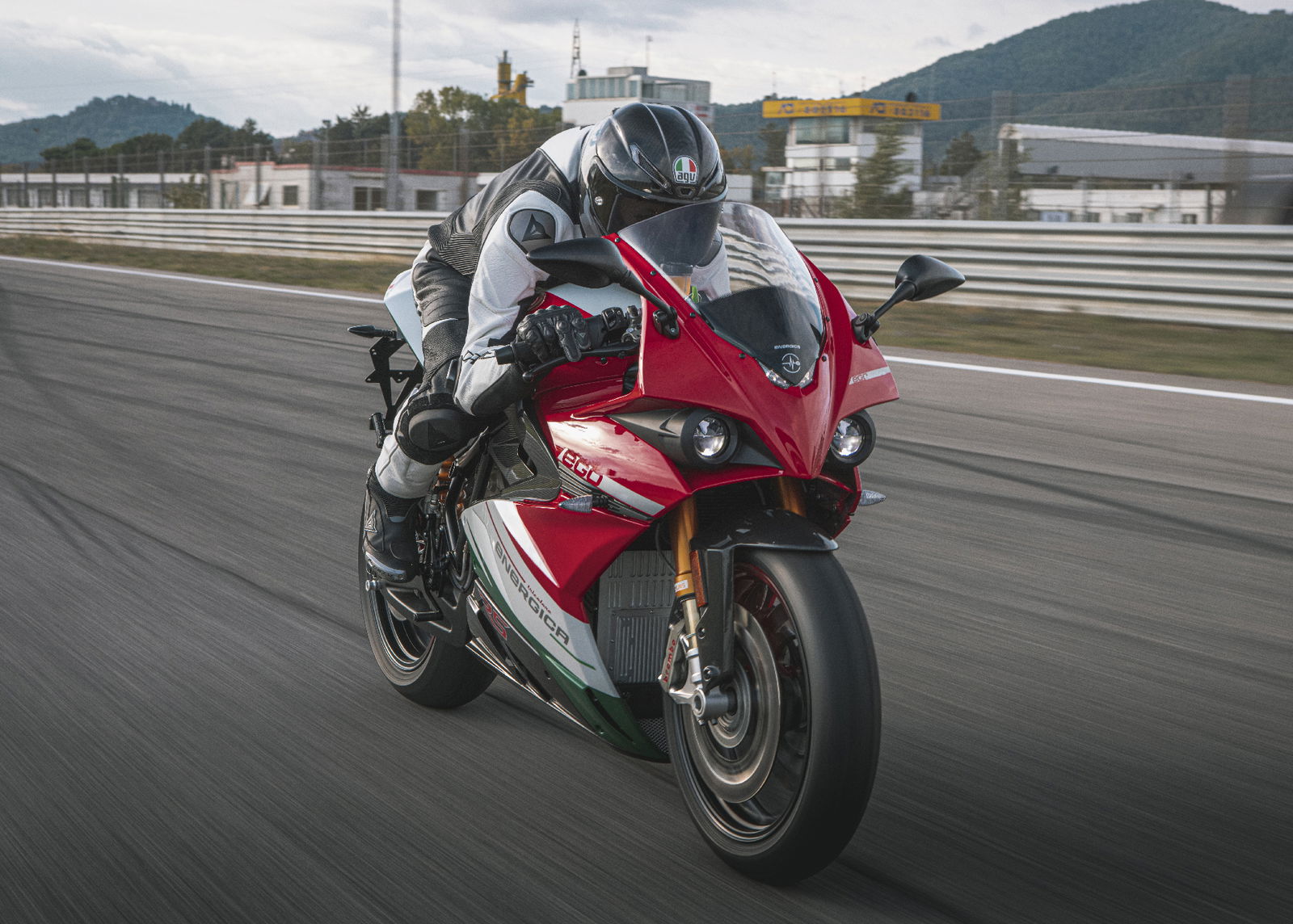
Manufacturers like Zero and Energica (the rare Italian brand that will not be impacted by the end of internal combustion sales) are the contact point for going electric, rather than Honda, Yamaha, Kawasaki or any of the three Italian brands mentioned above.
The established manufacturers of the internal combustion era of motorcycling are beginning to arrive in the electric scene - Ducati is the manufacturer for the MotoE World Championship from this season, Yamaha is now making electric scooters, Kawasaki has launched two electric motorcycles, and Honda and KTM both have their own plans for the coming years, too - but the playing field is more level with a new technology, and the established motorcycling giants are hesitant to give up their position of dominance.
Ultimately that is now coming back to bite. They have ground to make up compared to the smaller brands which have already started to progress in electric powertrains. For the established pre-electric Italian brands (Ducati, MV, Aprilia, for example), the situation is more complex than for the established Japanese manufacturers, for example, because those from Italy all trade somewhat on their exclusivity, and for all of them that exclusivity is to some extent tied to the internal combustion engine.
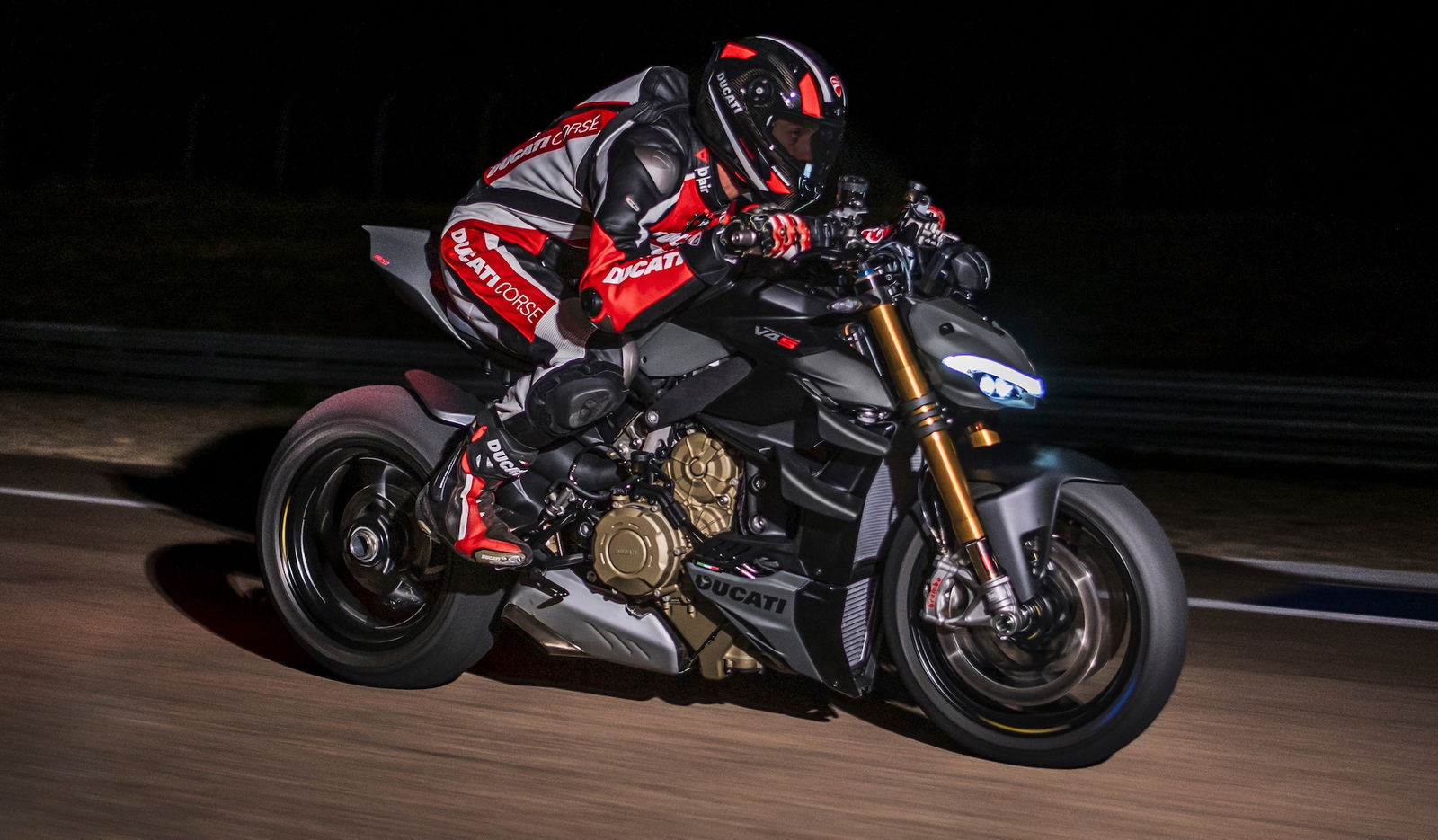
Ducati was famous for its high-performance V-twins, and now for its V4 of even greater performance which are derived from MotoGP. MV is associated with the unique sound of the three-cylinder, and Aprilia’s exclusivity is generated in a similar way to Ducati’s in that it comes from the race track.
Of the three, MV is perhaps in the best position to transfer its specific exclusivity to electric bikes, since it also has exceptional aesthetic design, although the loss of the sound should not be underestimated for the cultural appeal of MV.

Ducati has a strong platform, also, thanks to its being a part of the Volkswagen Group, and its position in MotoE also allows it to base its future electric road bike marketing on the V21L that will run in that championship.
For Aprilia, whose exclusivity is, like Ducati’s, rooted in the race track, the switch to electric presents another problem, which is that there are no electric racing series’ open to it yet.
This problem of engine-based exclusivity is more pronounced for the Italian manufacturers (although not only for the Italians) than it is for the Japanese brands, for example. Honda, Yamaha, Kawasaki, and Suzuki have all made bikes over the years with numerous different engine configurations, with as few as one cylinder and as many as four cylinders, and with two-strokes and four-strokes.
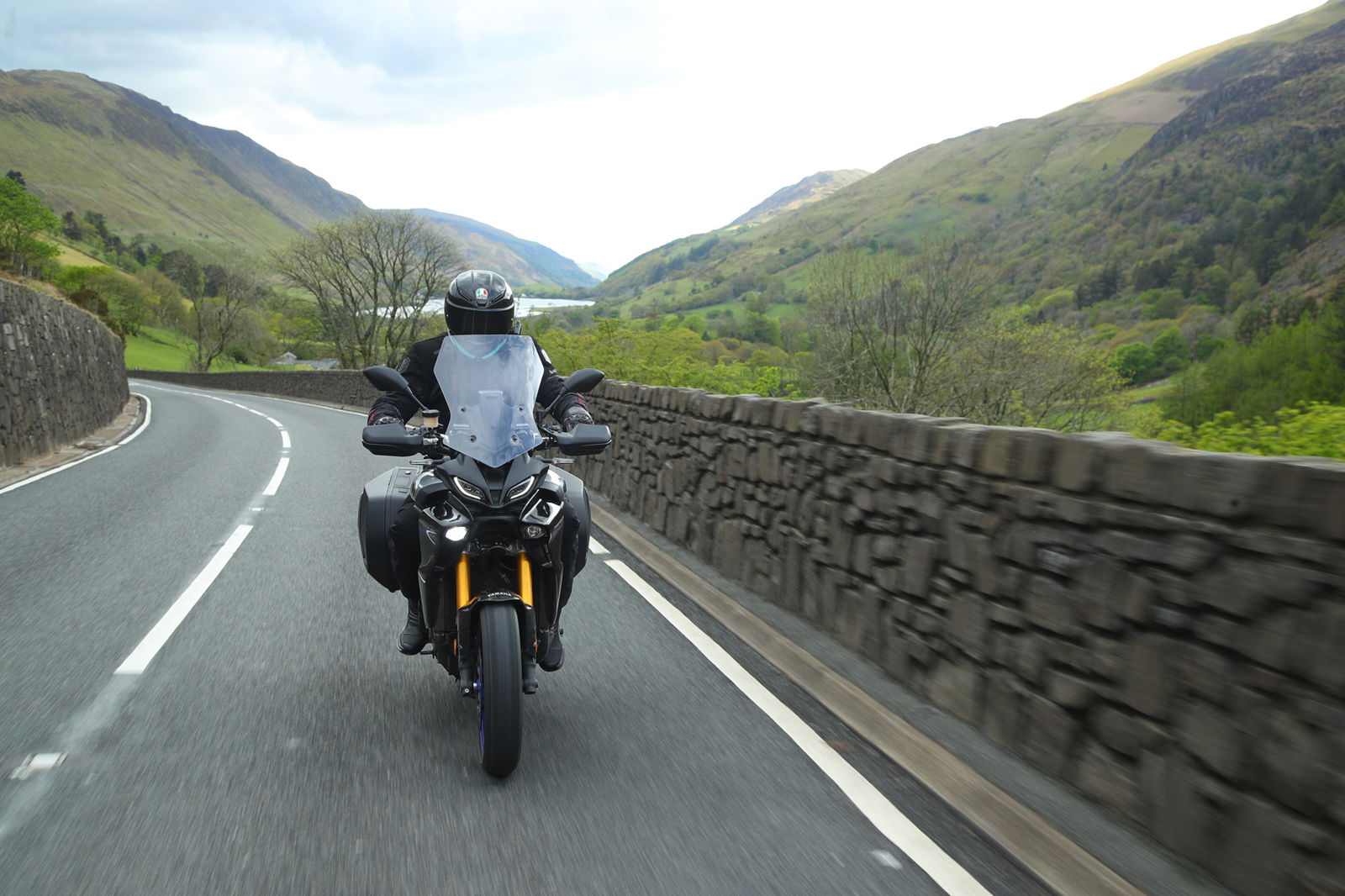
These manufacturers do not have their respective brands tied to an engine, although you could make the case that Yamaha treads a path similar to that of Ducati and Aprilia in its use of a 1000cc crossplane inline-four in its MotoGP prototype, its MT-10 naked, and its YZF-R1 supersports bike. But the difference between the R1 is not alone at the top of Yamaha’s tree - there is also the Tenere 700 and the Tracer 9 GT+, for example, on which Yamaha places a similar importance and reliance for the brand's marketing face.
The CP2 engine used in the Tenere and the CP3 in the Tracer 9 are utilitarian engines with little cultural or artistic importance. They are designed to do a job and they do that job well, but offer little that an electric with comparable performance would find impossible, which is mostly noise. The same can be said of the other Japanese brands, and it cannot be ignored that their combustion-powered exploration of the non-exclusive lower-capacity and lower-power sectors of the motorcycle industry puts them in a better position to transition into electric power where the lower-capacity segments currently offer the greatest rewards for replacing a fuel tank with a battery.
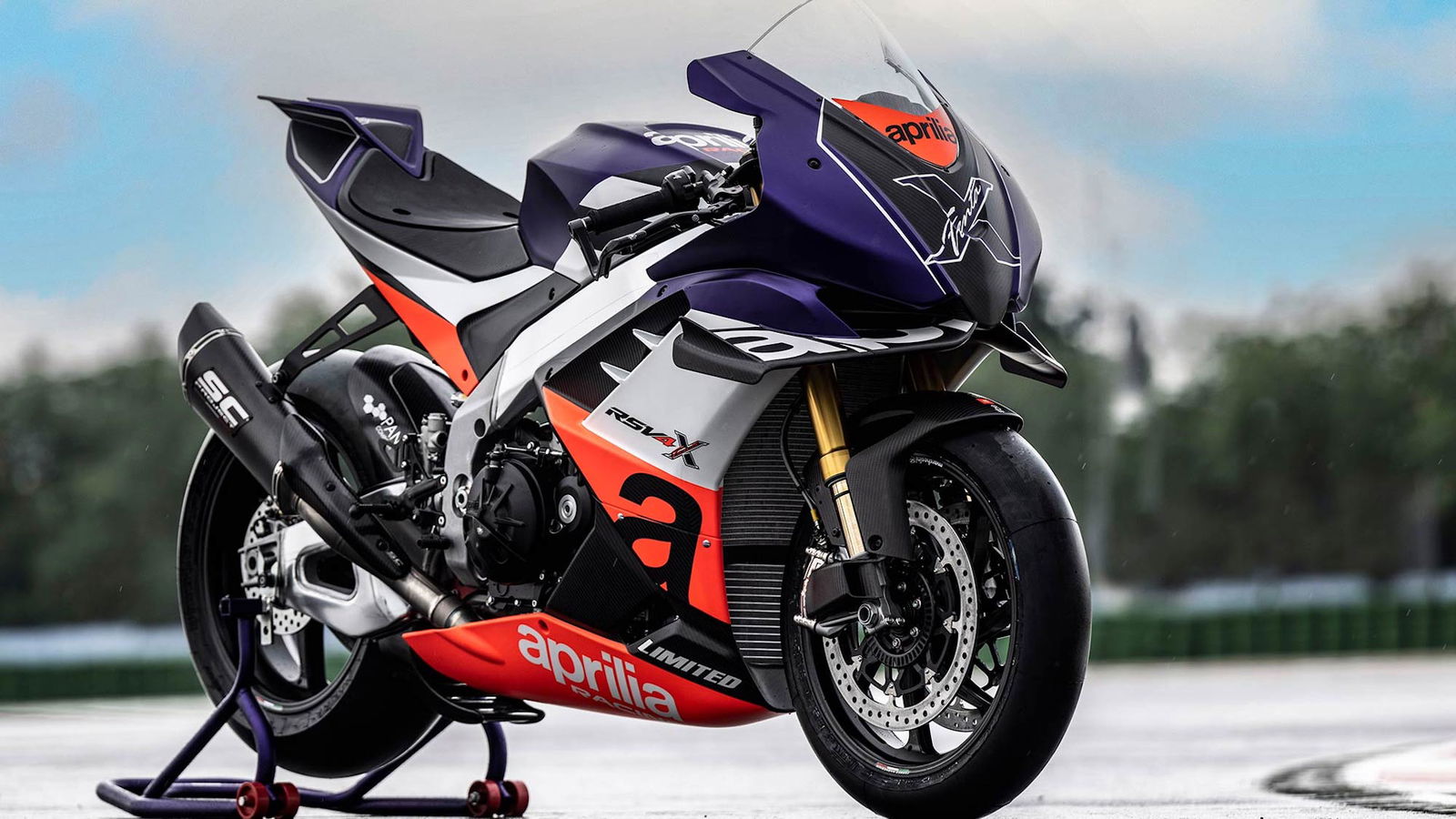
To come back to Meloni, she is correct that the automotive and motorcycle industry in her country is perhaps quite vulnerable to the transition away from combustion engines and towards electric. However, her opposition to the ruling of the European Union is unlikely to help them be protected from this powertrain shift. Unless Italy decides to leave the EU (taking Britain’s time frame as an example, it would have to decide to do so by the turn of the decade if it is to be out in time to avoid the ban) and make its own rulings regarding combustion engines separate from the Union, its manufacturers must understand how to create culture-defining products without their focus point being the artistry of their powertrains in generating performance.
.jpg?width=1600)
.jpg?width=1600)